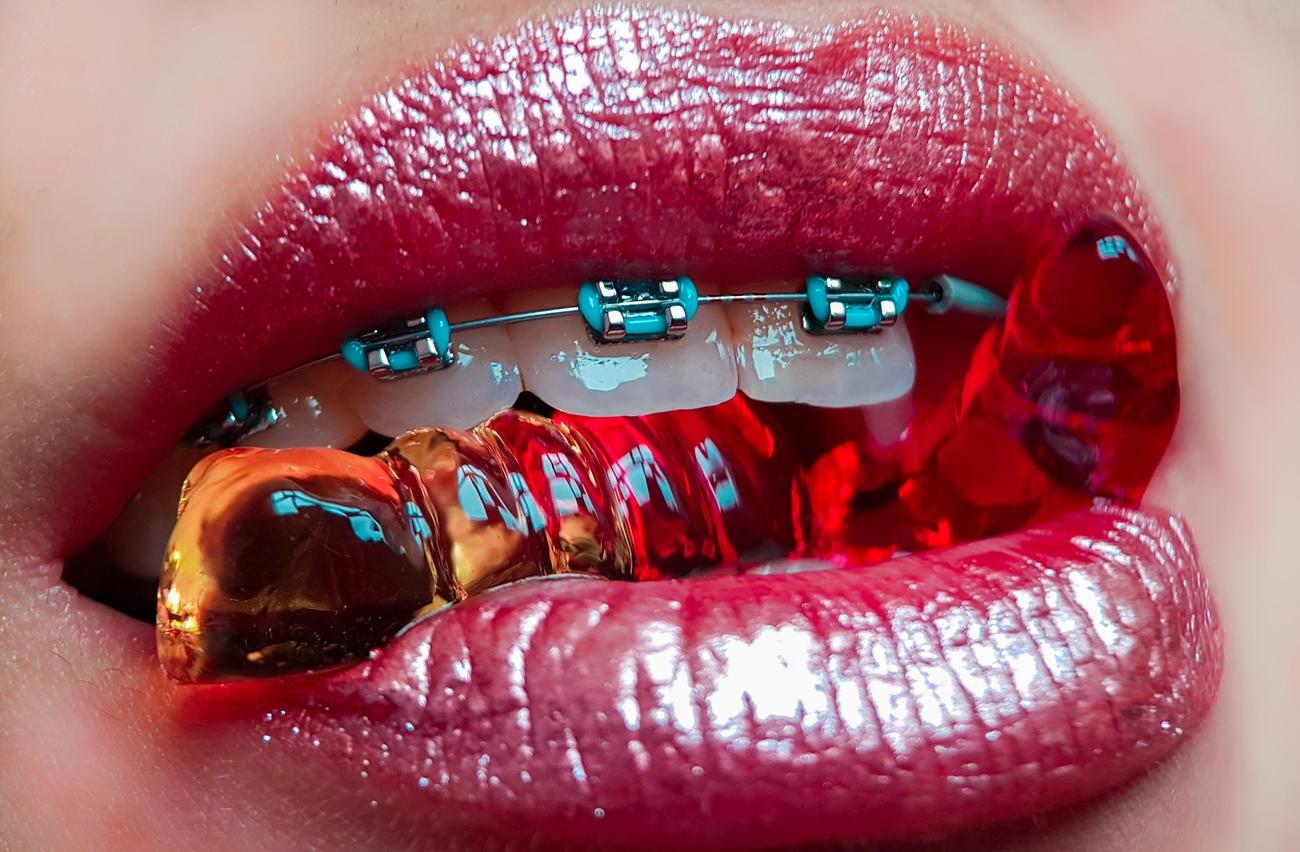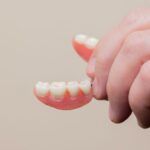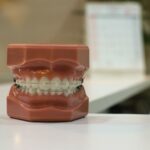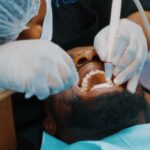Are you on a quest to find the perfect braces that match your unique characteristics? Look no further! In this article, we delve into the fascinating world of tailored braces, where options are customized based on your individual needs, preferences, and distinctive features. Say goodbye to the one-size-fits-all approach and get ready to discover a range of braces, from traditional metal to clear aligners and everything in between. Get ready to embark on a personalized orthodontic journey that will leave you smiling from ear to ear. Let’s dive in!

Options for Braces Based on Their Characteristics
When it comes to straightening your teeth and achieving the smile you’ve always dreamed of, there are a variety of options available to you. Each type of braces has its own unique characteristics and benefits. As an experienced orthodontist, I understand the importance of tailoring braces to the individual needs and preferences of each patient. Let’s explore the different options for braces based on their characteristics, so you can make an informed decision about which one is right for you.
Traditional Metal Braces: The Tried and True Option
Traditional metal braces have come a long way over the years. They have been the go-to option for many patients, thanks to their effectiveness and affordability. These braces consist of metal brackets and wires that are fixed to the front surface of your teeth.
With metal braces, you can address a wide range of orthodontic issues, including overcrowding, misaligned teeth, and bite problems. They are capable of exerting precise forces on your teeth, gradually guiding them into their proper positions.
“Metal braces might not be the trendiest option, but they are tried and true, delivering excellent results for decades.”
Clear Braces: A More Subtle Aesthetic Choice
If the thought of metal braces makes you hesitant, clear braces might be the perfect solution for you. These braces offer the same functionality as traditional metal braces but with a more discreet appearance. The brackets and wires are made from tooth-colored materials, making them blend in with your teeth.
While clear braces are less noticeable, they do come with a higher price tag compared to metal braces. They may also be more prone to staining if proper care is not taken. However, they provide an excellent option for those who desire a more subtle and aesthetically pleasing orthodontic treatment.
“If you want to straighten your teeth without drawing too much attention, clear braces offer a discreet way to achieve a beautiful smile.”
Lingual Braces: Braces That Stay Hidden
If you’re looking for an option that is virtually invisible to the naked eye, lingual braces might be the right choice for you. These braces are attached to the back surface of your teeth, hiding them from view when you smile.
While lingual braces offer the advantage of being completely hidden, they do come with some challenges. They can be more difficult to clean and adjust compared to traditional braces. Additionally, they may not be suitable for all cases, particularly those that require more complex treatment.
“With lingual braces, you can straighten your teeth without anyone knowing. It’s like a secret transformation happening behind the scenes.”
Self-Ligating Braces: Comfortable and Low-Maintenance
If you’re seeking a more comfortable and low-maintenance option, self-ligating braces might be the answer. Instead of using elastic bands to hold the wires in place, these braces utilize special clips. This allows for easier movement of the wires and reduces friction, resulting in a more comfortable experience.
Another advantage of self-ligating braces is that they generally require fewer adjustments compared to traditional braces. This can mean fewer appointments at the orthodontist’s office throughout your treatment.
“Self-ligating braces offer a fuss-free orthodontic experience, giving you the freedom to focus on your daily activities without constant wire adjustments.”
Clear Aligners: A Removable and Virtually Invisible Option
If you value flexibility and invisibility, clear aligners could be the ideal choice for you. These removable plastic trays fit over your teeth and gradually shift them into alignment. Clear aligners are virtually invisible, making them a popular option among adults and young professionals.
While clear aligners provide convenience and are easy to clean, they require discipline. It’s important to wear them for the recommended 20-22 hours a day to achieve optimal results. Clear aligners may not be suitable for complex orthodontic issues, so consulting with an orthodontist is crucial to determine if they are the right fit for your needs.
“Clear aligners are like a personalized journey towards a straighter smile. They empower you to take control of your orthodontic treatment, all while remaining virtually invisible.”
Conclusion
Having a variety of options for braces based on their characteristics allows orthodontists to tailor treatment plans to each individual patient. Traditional metal braces offer effectiveness and affordability, while clear braces provide a more subtle look. Lingual braces stay hidden but require extra care, and self-ligating braces offer comfort and low-maintenance. Clear aligners, on the other hand, provide flexibility and near invisibility. Remember, it’s essential to consult with an orthodontist who can assess your unique characteristics and guide you towards the best option for your specific needs and preferences.
“With a range of braces options available, you don’t have to compromise on achieving your dream smile. Take a step closer to your desired outcome by choosing the braces that align perfectly with your characteristics.”
Types of braces are an important aspect of orthodontics, offering various options to correct dental misalignments. Whether you’re dealing with overcrowding, an overbite, or crooked teeth, finding the right type of braces can make all the difference. From traditional metal braces to ceramic braces, lingual braces, and even invisible aligners, there is a wide range of choices available to suit your needs. Click here to explore more about types of braces: Types of braces. Whether you want a discreet option or are looking for something more noticeable, understanding the different types of braces can help you make an informed decision about your orthodontic treatment.

FAQ
Question: What are the options for braces based on their characteristics?
Answer: There are several options for braces based on their characteristics. Traditional metal braces are the most effective and affordable option, while clear braces have tooth-colored brackets and wires for a less noticeable appearance. Lingual braces are attached to the back of the teeth for invisibility from the front. Self-ligating braces use clips instead of elastics for increased comfort and low maintenance. Clear aligners are removable plastic trays that are virtually invisible and easy to clean.
Question: How do traditional metal braces work?
Answer: Traditional metal braces use metal brackets and wires to gradually move the teeth into the desired position. The archwire is tightened periodically to apply pressure, which helps shift the teeth. Rubber bands or elastics may be used to correct bite issues. Metal braces are effective for fixing overcrowding, aligning teeth, and correcting bite problems.
Question: What are the benefits of clear braces?
Answer: Clear braces offer the same functionality as traditional metal braces but with tooth-colored or clear brackets and wires. This makes them less noticeable compared to metal braces. Clear braces are a popular choice for individuals who desire a more discreet orthodontic treatment option. However, they are typically more expensive than metal braces and may be prone to staining if proper oral hygiene practices are not followed.
Question: How do lingual braces differ from traditional braces?
Answer: Lingual braces are similar to traditional metal braces but have brackets and wires that are attached to the back of the teeth, making them invisible from the front. This makes lingual braces a great option for individuals who want the benefits of braces without the visible appearance. However, lingual braces can be more challenging to clean and adjust compared to traditional braces.
Question: What are self-ligating braces and their advantages?
Answer: Self-ligating braces use clips or doors to hold the archwire in place, eliminating the need for elastics or rubber bands. This makes self-ligating braces more comfortable and low-maintenance compared to traditional braces. Self-ligating braces can also reduce the treatment duration for some patients. However, they may not be suitable for complex cases that require more precise adjustments.
Question: How do clear aligners work?
Answer: Clear aligners are a series of removable plastic trays that are custom-made to fit over the teeth. They apply gentle pressure to gradually move the teeth into the desired position. Clear aligners are virtually invisible, making them a popular choice for individuals who desire a discreet orthodontic treatment option. However, clear aligners require discipline in wearing them consistently and may not be suitable for severe orthodontic problems.
- Crypto Quotes’ Red Flags: Avoid Costly Mistakes - June 30, 2025
- Unlock Inspirational Crypto Quotes: Future Predictions - June 30, 2025
- Famous Bitcoin Quotes: A Deep Dive into Crypto’s History - June 30, 2025
















